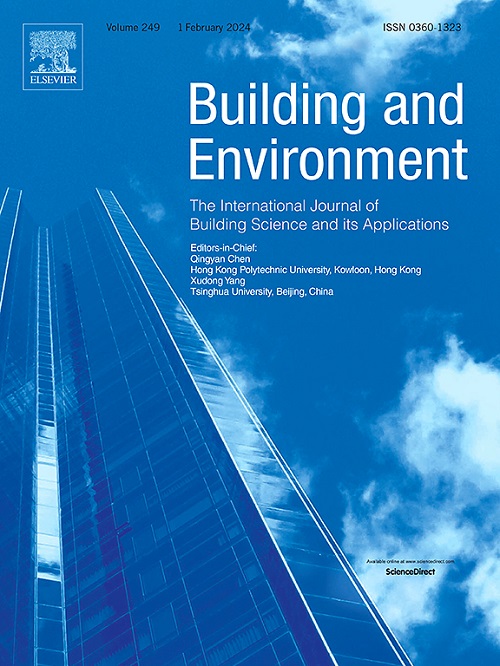Electrostatic repellent dispersion method for green and cost-effective aqueous radiative cooling paint
IF 7.1
1区 工程技术
Q1 CONSTRUCTION & BUILDING TECHNOLOGY
引用次数: 0
Abstract
Radiative cooling paint (RCP) serves as an effective energy-saving method for cooling of built infrastructure. Given that the synthesis of most RCPs contains volatile organic compounds (VOC) for binder dispersion, water-based systems have been preferred as cost-effective alternatives that can provide low/no emission of VOC for minimized environmental impact. However, development of cost-effective and robust water-based radiative cooling paint is still challenging. Moreover, there exists particle dispersion issues leading to structural non-uniformity when excess amount of water is used in paints with high particle volume concentration (PVC). Herein, we address these challenges by proposing a universal electrostatic-assisted dispersion method to tackle the dispersion challenge. With ultrahigh PVC (∼70 %), the derived radiative cooling paint exhibits dense and uniform surface while maintaining robust mechanical, chemical, and thermal stabilities, as well as universal adhesivity, significantly contrasting to the cracking and poor adhesivity observed in conventional water dispersed paint. Assisted by superfine dispersion and high PVC, our paint achieves excellent optical properties (Rsolar∼ 97 %, ELWIR> 95 %) for enhanced radiative cooling, and is effective under various climates. This work provides insights into more environmental-friendly and durable designs for radiative cooling paint.
求助全文
约1分钟内获得全文
求助全文
来源期刊

Building and Environment
工程技术-工程:环境
CiteScore
12.50
自引率
23.00%
发文量
1130
审稿时长
27 days
期刊介绍:
Building and Environment, an international journal, is dedicated to publishing original research papers, comprehensive review articles, editorials, and short communications in the fields of building science, urban physics, and human interaction with the indoor and outdoor built environment. The journal emphasizes innovative technologies and knowledge verified through measurement and analysis. It covers environmental performance across various spatial scales, from cities and communities to buildings and systems, fostering collaborative, multi-disciplinary research with broader significance.
 求助内容:
求助内容: 应助结果提醒方式:
应助结果提醒方式:


